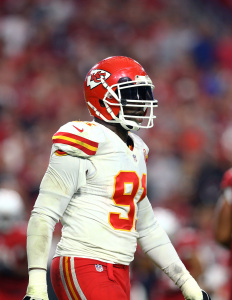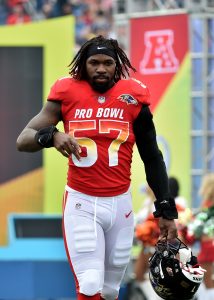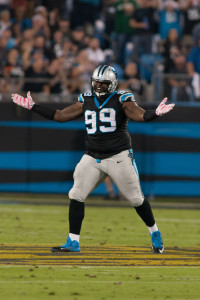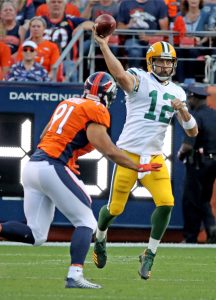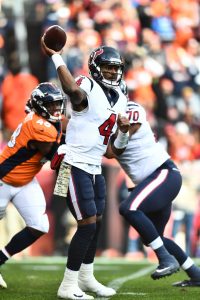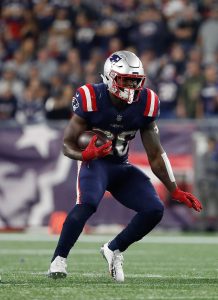Four years ago today, it looked like Gabe Jackson could be playing for the Raiders for the rest of his career. Of course, as we’ve learned many times, we shouldn’t assume that a player will stick with a team for the entirety of his extension.
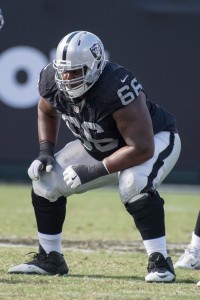 On June 29, 2017, the Raiders inked the offensive lineman to a five-year, $56MM deal, a pact that included $26MM in guaranteed money. The deal was expected to keep Jackson with the team through at least the 2022 campaign.
On June 29, 2017, the Raiders inked the offensive lineman to a five-year, $56MM deal, a pact that included $26MM in guaranteed money. The deal was expected to keep Jackson with the team through at least the 2022 campaign.
The 2014 third-round was an immediate contributor after joining the organization, and up to the signing of the extension, Jackson had started 44 of his 45 regular season appearances. The Mississippi State product didn’t always grade out as one of the best offensive guards; in 2016, he was only ranked as Pro Football Focus’ 22nd-best player at his position. However, Jackson provided the offensive line with more consistency and continuity, something that was especially important after the organization inked quarterback Derek Carr to a massive extension only weeks before.
With the signing, the Raiders locked themselves into two of the highest-paid offensive guards in the NFL, as the team had previously signed Kelechi Osemele to a five-year, $58.5MM contract. Jackson’s $56MM pact ranked behind only two offensive guards: Bengals’ Kevin Zeitler (five years, $60MM) and Osemele. Jackson was also second to Zeitler’s $31.5MM in guarantees.
After signing the extension, Jackson didn’t see a sudden turnaround in production, as PFF still ranked him as a middling offensive guard. However, Jackson did see a turnaround in his reliability…in other words, he started to miss more and more time due to injuries. He missed nine games for the Raiders between the 2017 and 2019 seasons, and the front office started shopping the lineman during the 2020 draft.
They didn’t find a taker for Jackson, and the veteran managed to appear in all 16 games for the Raiders in 2020, making it the first time the lineman had accomplished that feat since 2016. Still, the Raiders were hoping to somewhat revamp their offensive line this offseason, and we learned in early March that the Raiders were planning on releasing Jackson after he refused a pay cut.
However, Las Vegas found a trade partner at the last second, and the team shipped Jackson to the Seahawks for a fifth-round pick (which eventually transformed into Illinois cornerback Nate Hobbs). The Seahawks subsequently extended Jackson to a three-year, $22.58MM deal.
The Raiders did manage to get 55 starts out of Jackson after he signed his new deal, including 40 starts that were played under the extension. Still, the Raiders were surely expecting more when they inked the lineman on this date in 2017.

